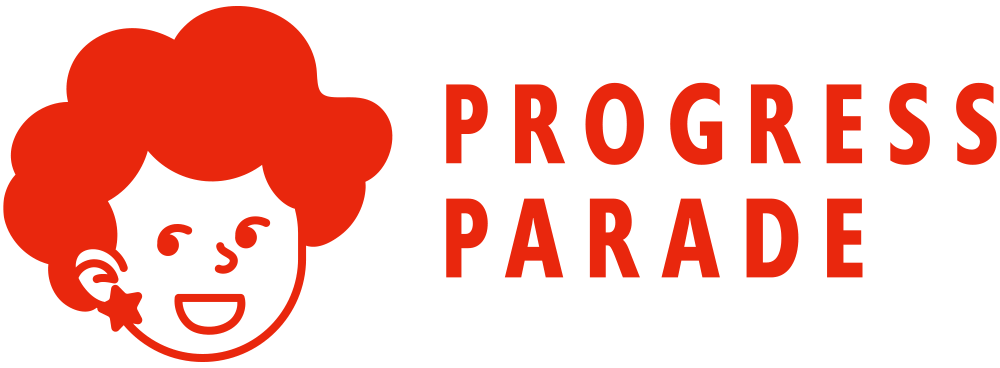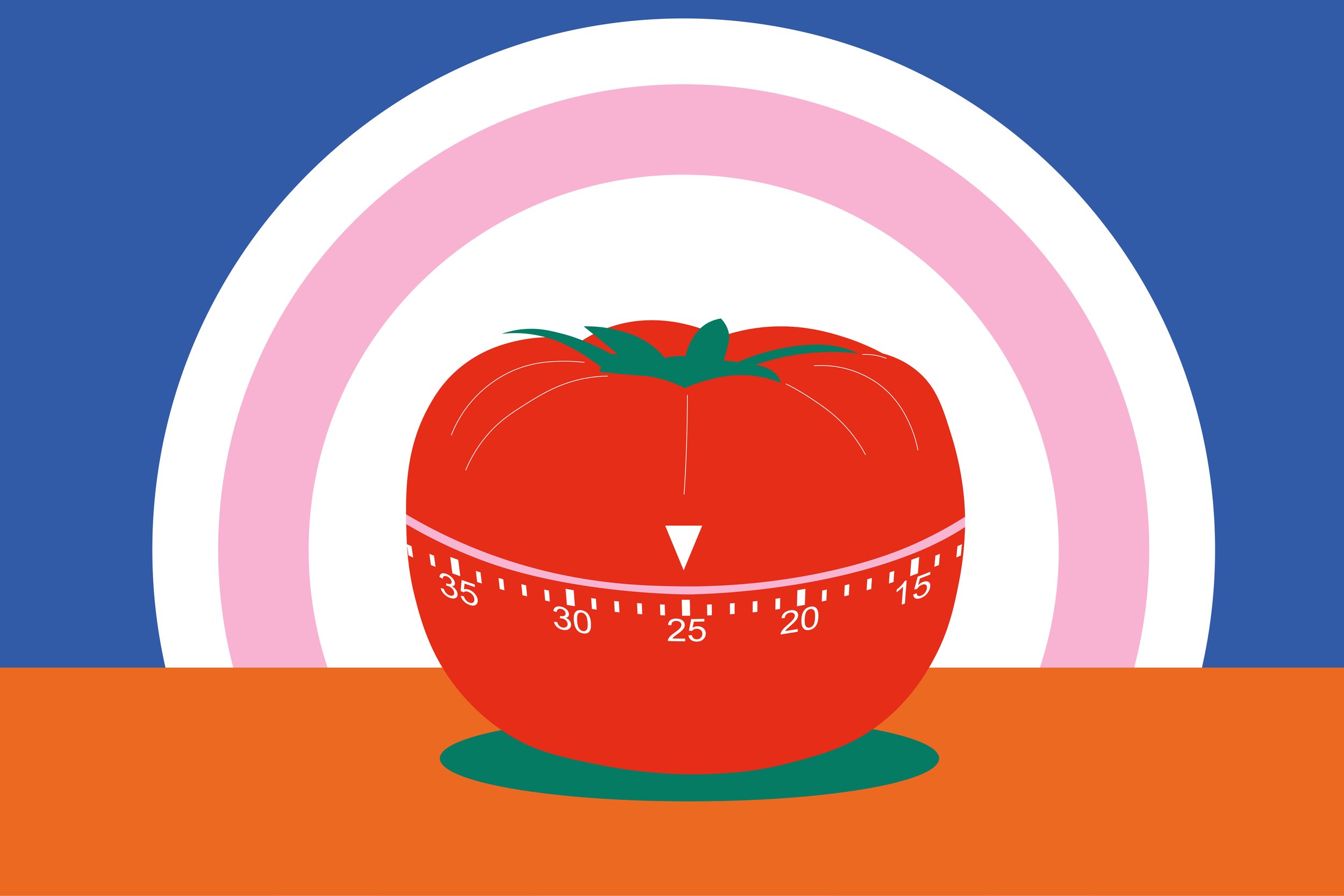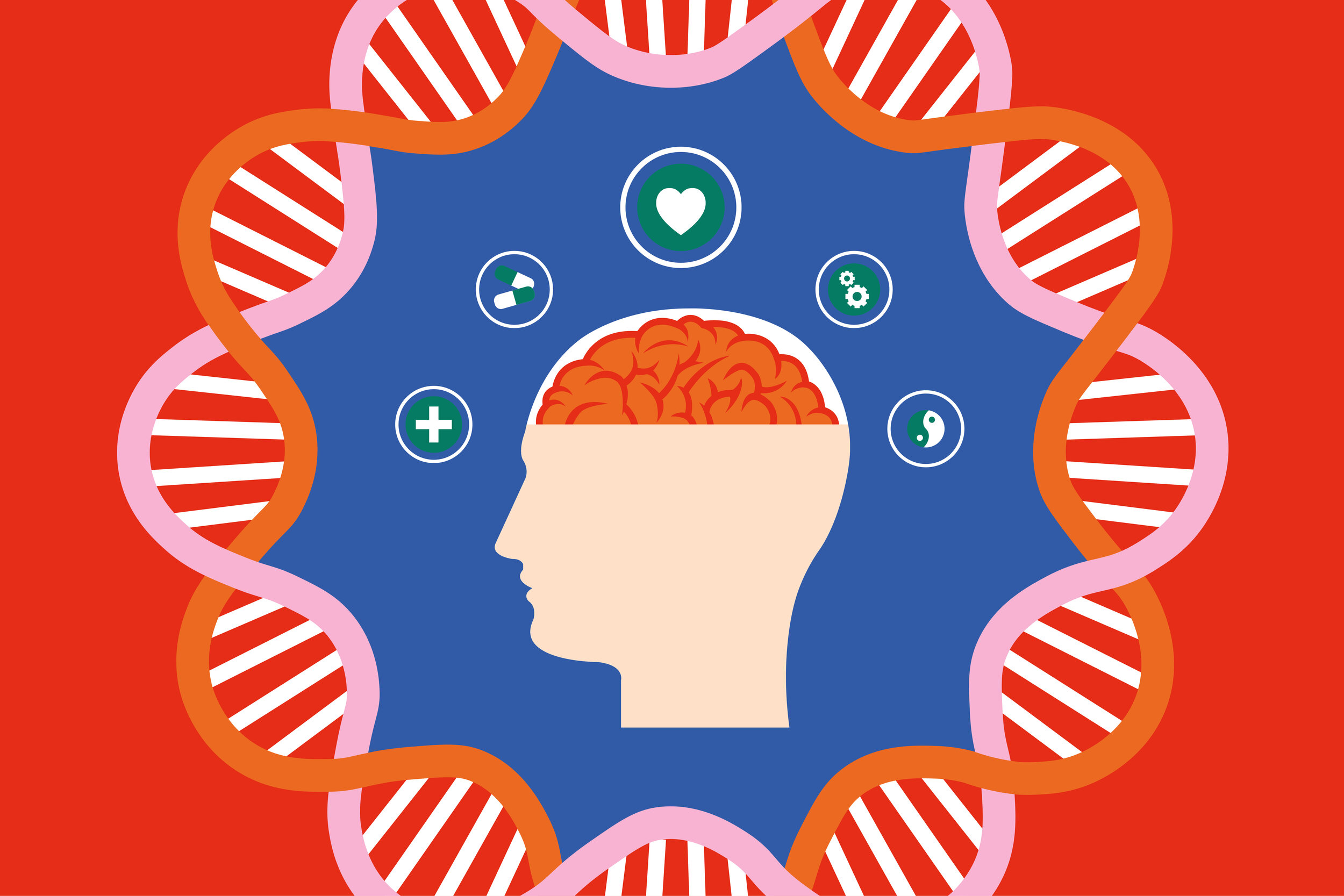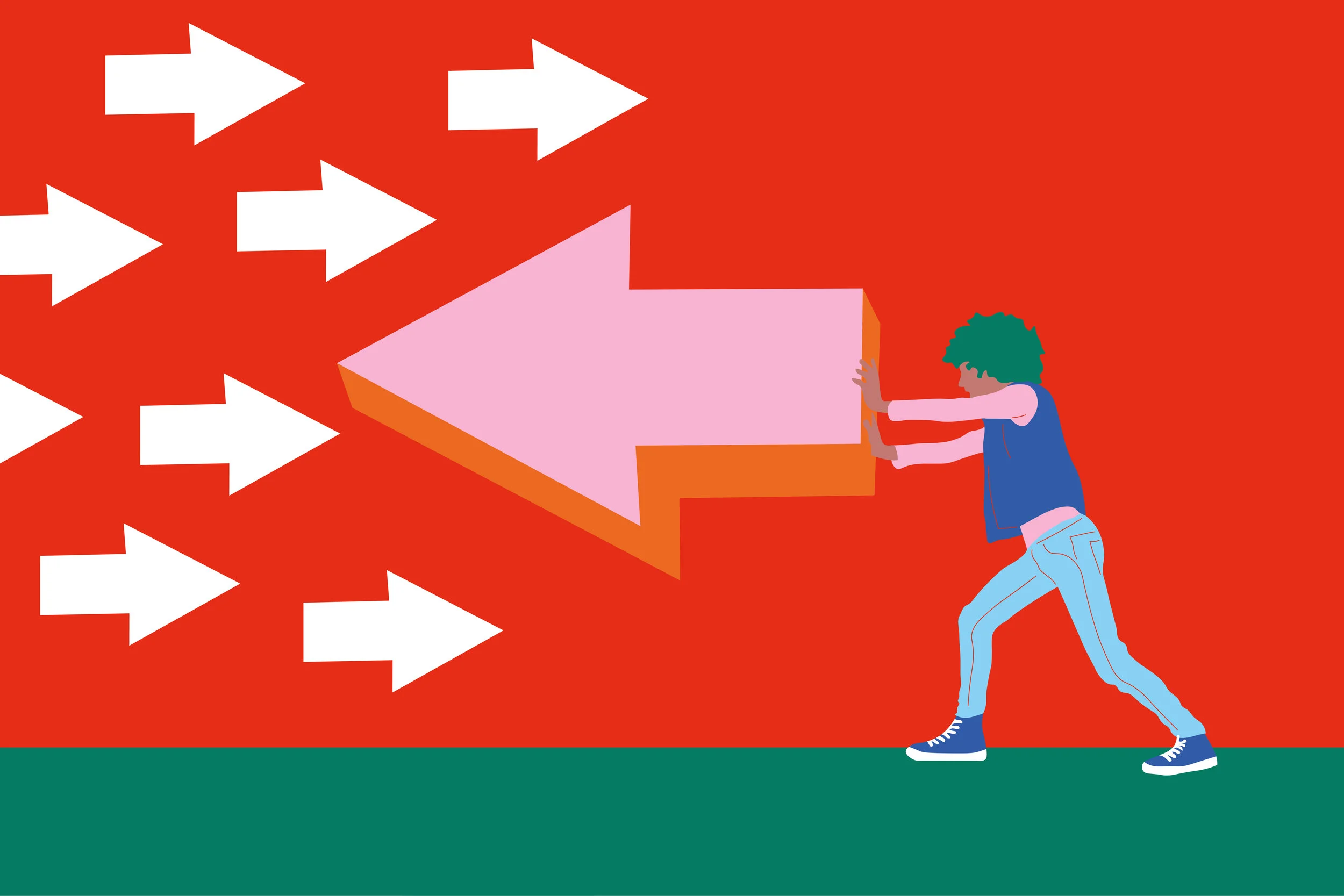Self-monitoring checklist: a great strategy for ADHD, learning disabilities and pretty much any learner!
As special education tutors, our focus is always to individualize all strategies and learning opportunities to meet the needs of every student who comes to us for help. With that in mind, we're excited to share a strategy that, by its nature, is individualized to the student using it!
The self-monitoring checklist: what is it?
A self-monitoring checklist is just what it sounds like: a list of behaviors, goals, or strategies you can create to help you take control of your own behavior, monitor yourself, and help you make sure you don't forget something important! One common example of a self-monitoring checklist is a list you use to review before you leave your house (e.g. do I have my keys/credit card/ID, did I lock the house, etc.?). But this simple strategy can be used for so much more, including to help many students with their academic goals.
Self-monitoring checklist in writing
A self-monitoring checklist has a natural application in writing, especially during the editing process. It's something a teacher or a parent can create with an individual student as you are writing and editing their work together. Some examples of items that can go on a self-monitoring checklist for writing are:
Did I capitalize all "I"s?
Did I put punctuation at the end of every sentence?
Are my paragraphs organized into topic sentences and supporting details?
Are all of my sentences complete sentences (do they have a subject and a verb)?
This is an easy strategy to implement and add to as you add rules that are common to the particular student using the list. As you're editing a student's writing together during something like a writer's workshop, teach them editing strategies based on the errors they're making, add these errors to the list, and, in the process, give them the power to edit and monitor their own work. Once they've got the individualized checklist created, they can check off each of the questions each time they've completed a writing assignment and make sure they've avoided some of their common errors.
“A self-monitoring checklist is a list of behaviors, goals, or strategies you can create to help you take control of your own behavior, monitor yourself, and help you make sure you don't forget something important!”
Self-monitoring checklist in math
Another great place for a self-monitoring checklist is to help students avoid common mistakes in math. Is your student frequently forgetting the same steps of a calculation method or word problem? If so, make sure the student understands the mistake they're making (it's easy to forget, even when we understand), add the mistake to a self-monitoring checklist, and have the student go through the checklist each time they've completed a problem. Some ideas of math mistakes which can go on a self-monitoring checklist follow:
Did I circle all of the signs and make sure the operation I used matched the sign?
If there was a negative sign in front of a number, did I highlight it and remember the number is negative?
Did I double check my work to make sure I made no easy mistakes?
Did I draw a picture of the word problem to make sure I understood the problem?
Did I use estimation skills to make sure the answer I came up with made sense?
These are just some ideas of the types of things that can go on a math self-monitoring checklist, but the beauty of these checklists is that they are created around the student's unique mistakes to help them learn to monitor their own work.
Self-monitoring checklists for executive functioning skills
Similar to the example of running through a checklist of things to make sure you have with you before leaving the house, self-monitoring checklists can be used for a wide variety of executive functioning skills. For example, before determining they have no homework, a student could have a list of places they need to check first such as:
Did I check my assignment notebook?
Did I check the homework tab in each classroom in my google classroom (this one could also be separated off into one check per classroom)?
If I completed work, did I submit it into google classroom?
Some schools spread homework out on different websites and on different platforms, so this kind of list can go a long way towards helping students track where their homework is and make sure they're getting it completed. Self-monitoring checklists can also be used for remembering materials, completing steps of a long-term project or assignment, and many other executive functioning related tasks and skills.
“Some schools spread homework out on different websites and on different platforms, so this kind of list can go a long way towards helping students track where their homework is and make sure they're getting it completed.”
Why can self-monitoring checklists be good for students with ADHD and learning disabilities?
It's no secret that students with ADHD can be distracted or forgetful. They can find the editing process in writing to be challenging and laborious, often make "mindless" mistakes in math, or can need some direction and guidance for executive functioning skills. Self-monitoring checklists can be a great support in all of these different areas.
Students with learning disabilities may need learning tasks broken down into small, achievable steps or may need reminders for how to complete some of the tasks that they find most challenging. Self-monitoring checklists can be a great fit to support students with the specific learning needs they're having.
Helpful tips for using a self-monitoring checklist
Make self-monitoring checklists reusable by laminating them or putting them in a sheet protector and using a dry erase marker to check or cross them off each time they're used
Play with the length of your checklists. If you're missing items that the student needs reminders for, your list is probably too short. If the student is unable to consistently complete the whole list, the list may be too long.
Use different lists for different tasks! It's not usually helpful to have multiple areas (e.g. writing and math) addressed on one list. The lists are designed to be quick tasks the student can run through on a specific time and for a specific purpose.
Make sure the student understands how to do each task on the list. It may require some teaching, some modeling and some practicing together with feedback before the student is really ready to "self-monitor" and check their success independently
If you’d like your student to learn similar strategies to start turning learning challenges into life changing achievements, feel free to book a call with us today to learn more about educational therapy and special education tutoring!
A description and practical tips for the self-monitoring checklist and how it’s helpful for students with ADHD, learning disabilities and more!
































